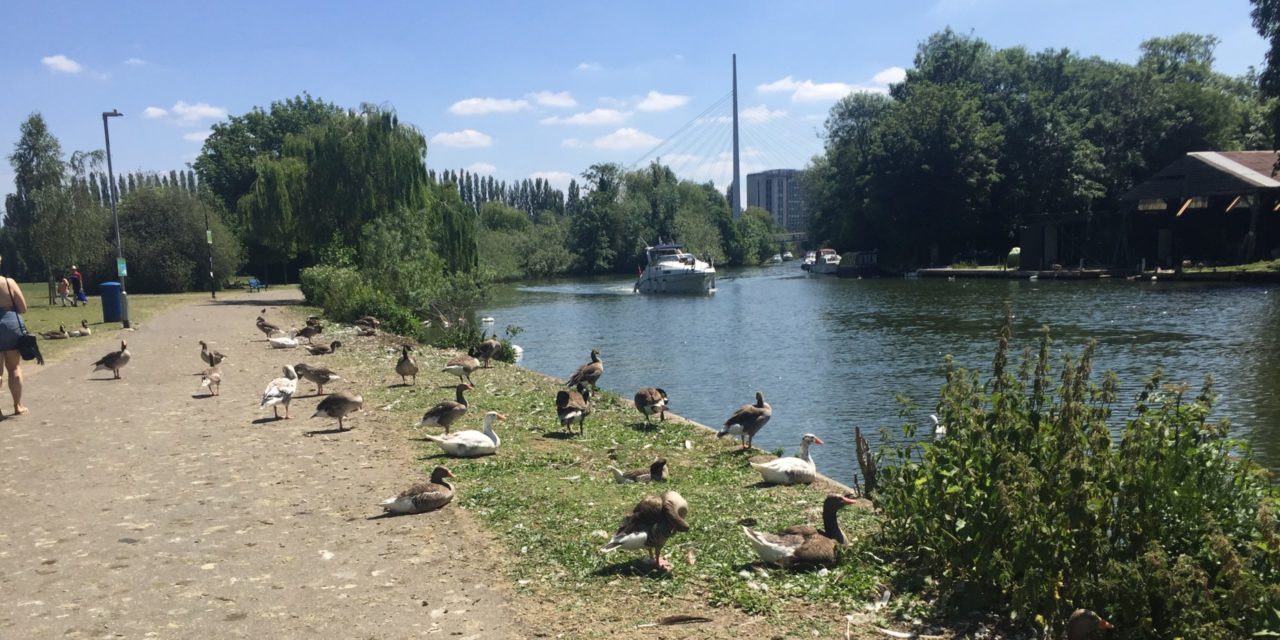The fact Slough is looking at how to use some of the Green Belt around the edges of the borough to build houses on won’t surprise many.
Although confidence in the council may have suffered since the light was shone on its finances, the town has been a development success story in recent years.
It has historically been at odds with its neighbours in the former South Bucks District Council about housing numbers and so town centre flats have been the only real way of significantly increasing the number of homes.
But children need gardens and safe space to play. And a lot of people want the sort of outdoor space of their own which a balcony facing the A4 doesn’t provide.
Slough, as much as anywhere, is bursting at the seams. Yet, land which is designated Green Belt, even though it may be far from beautiful countryside, remains a green collar, choking towns, forcing developments to go up in the air and, surely, increasing air pollution in tightly-confined town centre spaces.
Not far away, Bray Studios’ plans to cash in on the remarkable demand for film space, also involve having to convince councillors that the required very special circumstances exist for its plans which are also in the Green Belt. Should it really be so difficult for a company to meet massive demand for its services on land it already occupies?
The Green Belt is a classic example of a rule that solves one problem but causes many others. In towns like Reading, there are few places to build, without knocking down existing properties which may not be redundant.
More important than the Green Belt, is surely green spaces within centres. Places like Christchurch Meadows and King’s Meadow in Reading. Even those have, over the years, seen residential developments creeping up to their very edges.
Sooner or later, someone in Government will have to accept that they have to loosen the Green Belt if economic growth is really their intention.
© Thames Tap (powered by ukpropertyforums.com).
Sign up to receive your free weekly Thames Tap newsletter here.
















